Is there any crunch more satisfying than the crisp bite of a veggie that you grew with your own hands? No matter the season, it’s possible to grow your own vegetables at home. Whether you’re starting out with a single plant or want to create a complex vegetable garden layout for a diverse harvest, these vegetable garden ideas and vegetable garden planners can help you get growing.

First Consider Your Space
Before you design your garden, it’s important to consider the space you have to grow. Your vegetable garden layout and what veggies you can grow depend greatly on how small (or big) of a garden area you have available to you. If you don’t have a garden plot in a yard, for example, you may be able to build raised planter boxes to create space.

The Power of Planning
Whether you’re overwhelmed with where to start with your first attempt at a vegetable garden or you’ve been disappointed with a garden that didn’t live up to its potential in the past, the most important step to a successful grow is to plan before you plant.
Related: What to Plant Now for a Gorgeous Vegetable Garden in Summer
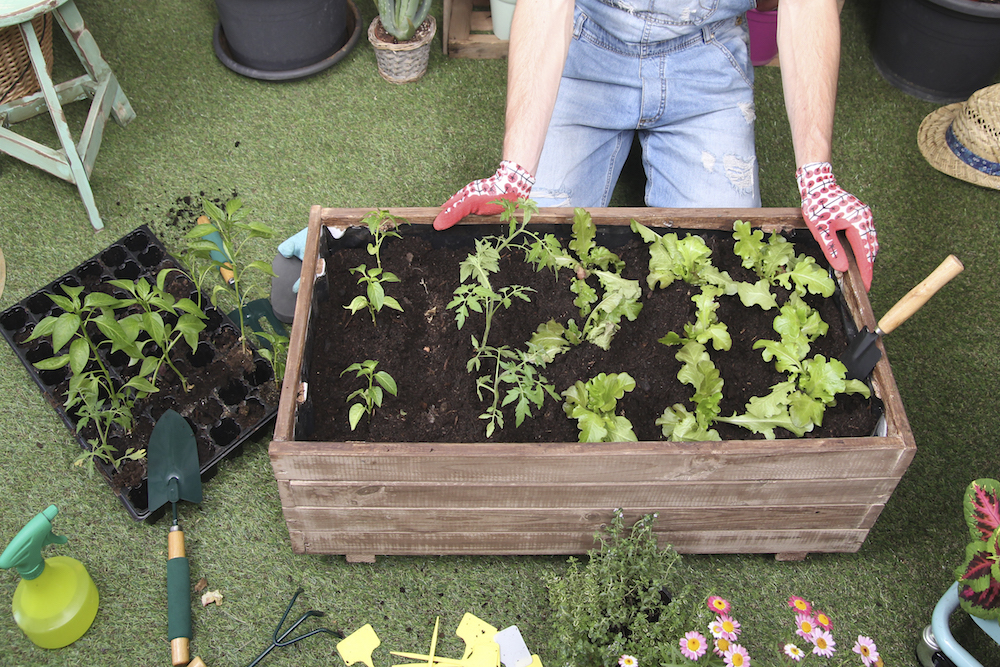
Plan Away Pitfalls
Specifically, pre-planning a garden before shovel hits dirt saves time with a clear plan, saves money by being more accurate about the quantity of supplies actually needed and saves frustration for future seasons by keeping a record of what was done.

Essential Elements
In addition to space, what factors do you need to consider when planning your vegetable garden? At minimum: consider your climate, crop rotation (what plant families can grow after each other in the same area), level of expertise and (most importantly) what vegetables you like to eat.
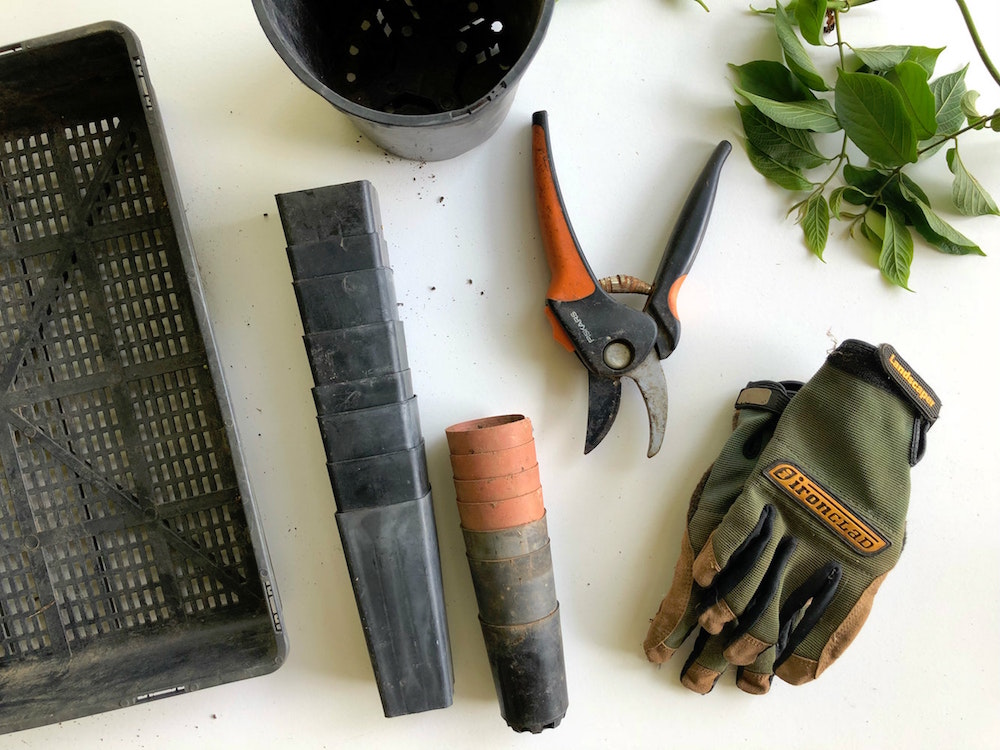
Traditional or Tech
If you want a structured plan that you can use as a map when planting (and a resource to review to track your progress), a vegetable garden planner is the way to go. Don’t fret: you have plenty of options.
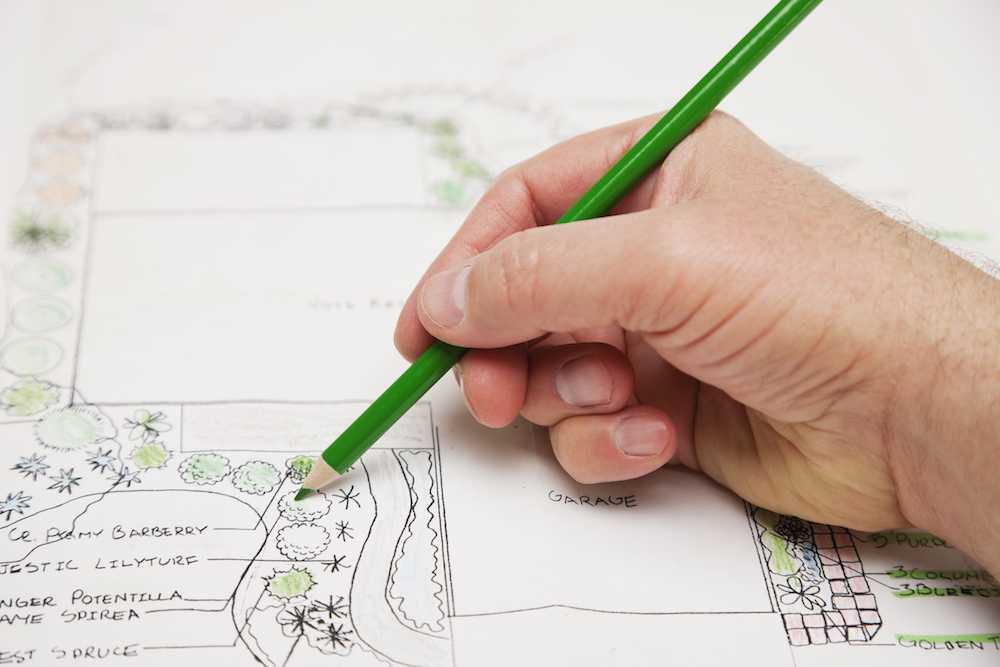
Put Pencil to Paper
If you prefer to plan your garden by hand, it can be helpful to find a printable garden layout template to fill out, with space to draw out your design and write out what types of vegetables you’ll plant and when. You can find numerous printable vegetable garden planner templates on Pinterest or you can design your own.

Go Digital
For more high-tech help, vegetable garden planner apps make it easy to play with the layout of your garden, determine the best veggies to plant, know when to plant and more.
Related: Cutting-Edge Technology That’ll Set Your Home Apart

GrowVeg: Grow for Your Climate
Not only does GrowVeg’s Garden Planner app (which you can try for free with a seven-day trial) let you build a custom layout for your garden – it also helps you choose the best plants and timing for your area and climate and assists with crop rotations. How? The Planner keeps track of what you’ve grown where and will warn you the next year if you plan to plant something that violates standard rotation practices.
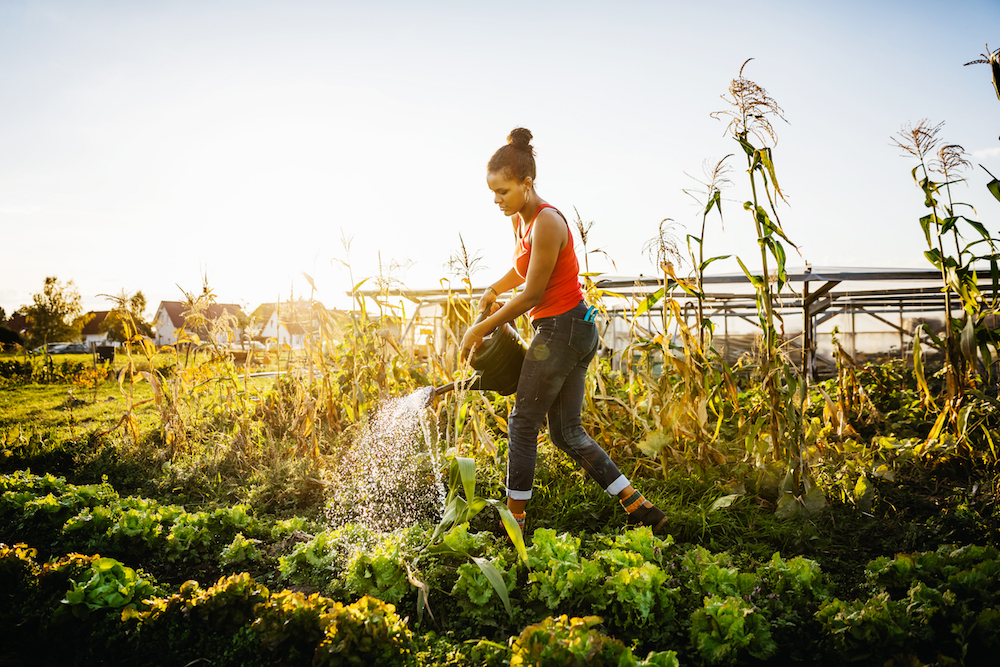
Gardener’s Supply Company: Drag and Drop Online
If you want an online vegetable garden planner that makes it easy to visualize, the Gardener’s Supply Company’s planner lets you create your garden plan by choosing a garden size and then dragging and dropping different vegetables into the mix. The plan gives you helpful spacing, timing and harvesting tips for each veggie, too.

VegPlotter: For Year-Round Planting
Perfect for people who love to plan far in advance, VegPlotter is a free garden planning program that lets you think far into the future. Start by creating your plot and then plan your plants’ calendar as far into the future as you feel like.
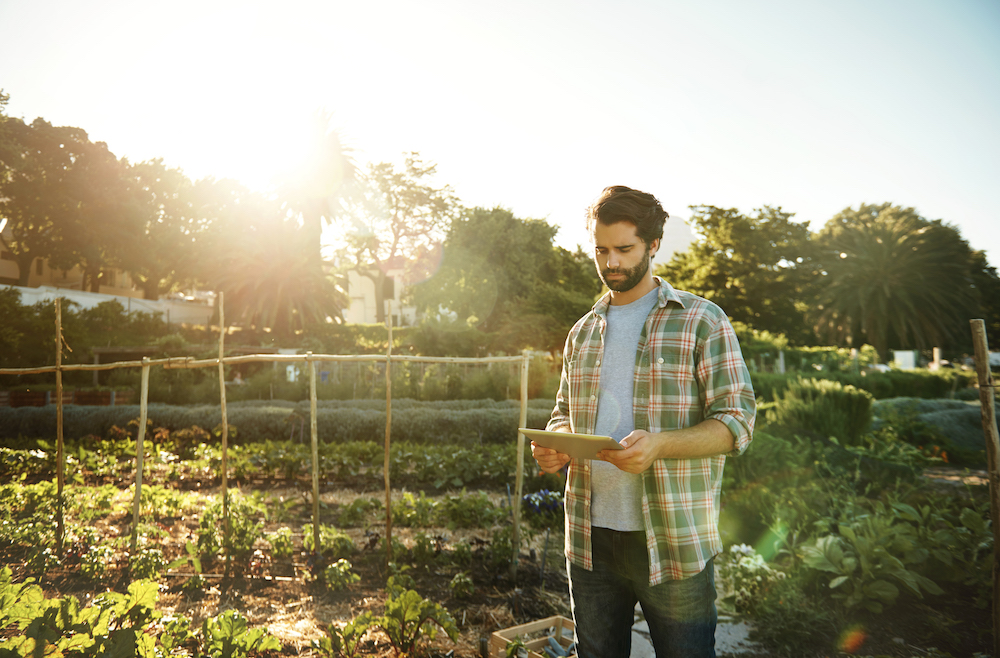
Garden Puzzle: Photo Realness
Are you a highly visual learner? A garden planning app with a photo element – like Garden Puzzle – makes planning your dream garden easy. Garden Puzzle uses real photos of your garden space as the basis for your plan. The app is subscription-based, but you can try out a demo first.
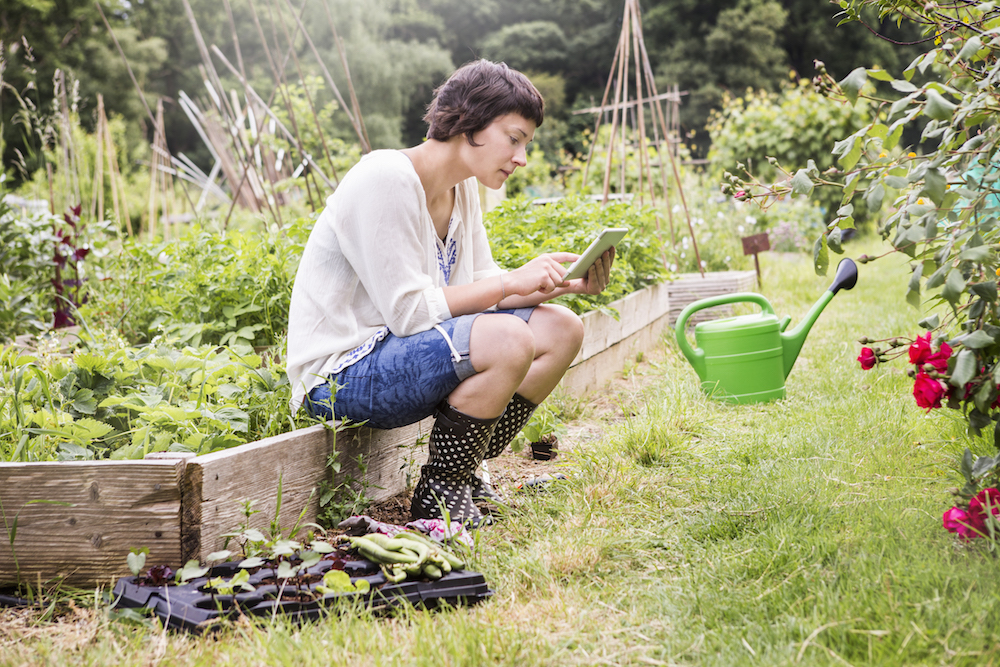
Garden Planner Online: The Big Picture
When you’re thinking about the look of your garden, Garden Planner Online is a handy design tool. Arrange your plants, as well as other garden objects, with the simple drag-and-drop interface and then print out your design. You can try a trial version of the Garden Planner Online for free.
Related: The Easiest Shade-Loving Plants to Grow in Your Yard, According to Scott McGillivray
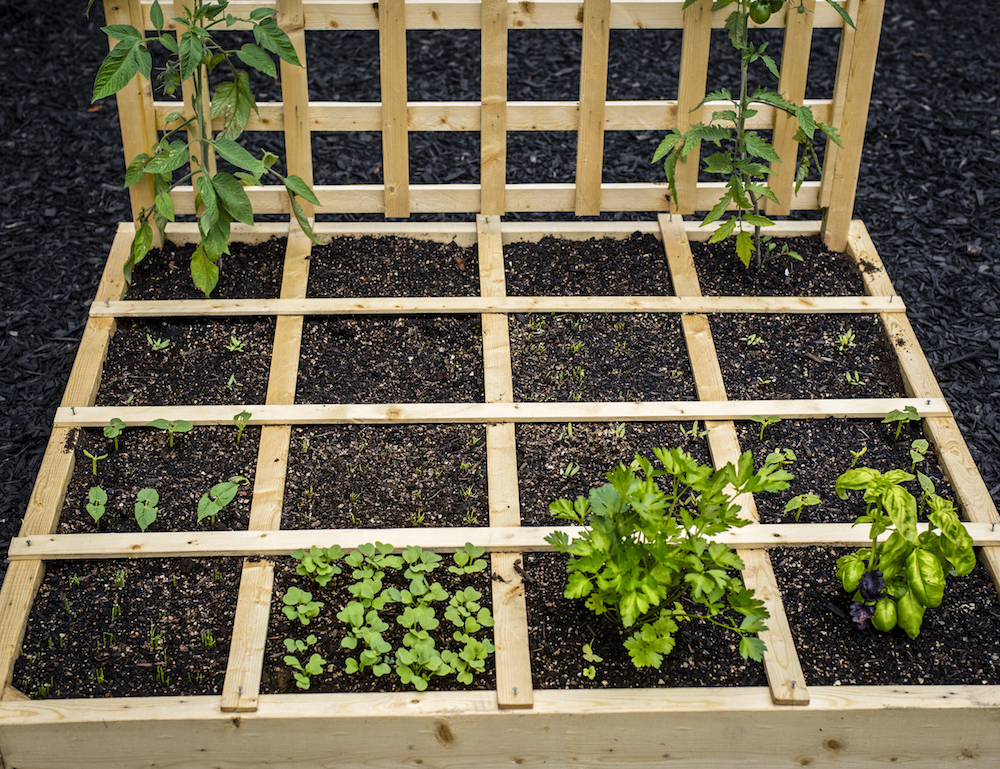
Hip to Be Square
If you love order and organization, square-foot gardening is one of the easiest ways to design a small vegetable garden on your own. To start, you’ll need to build a square-shaped garden bed that you can divide into a grid made up of one-foot squares (lay wood lattice over the soil to create the grid). Once divided, you can can plant seeds or seedlings of different vegetables in each square. You can use the physical grid as your guide or pair it with a garden planner for more help. Just choose your square-garden veggies wisely: compact vegetables like carrots or herbs are your best bets.
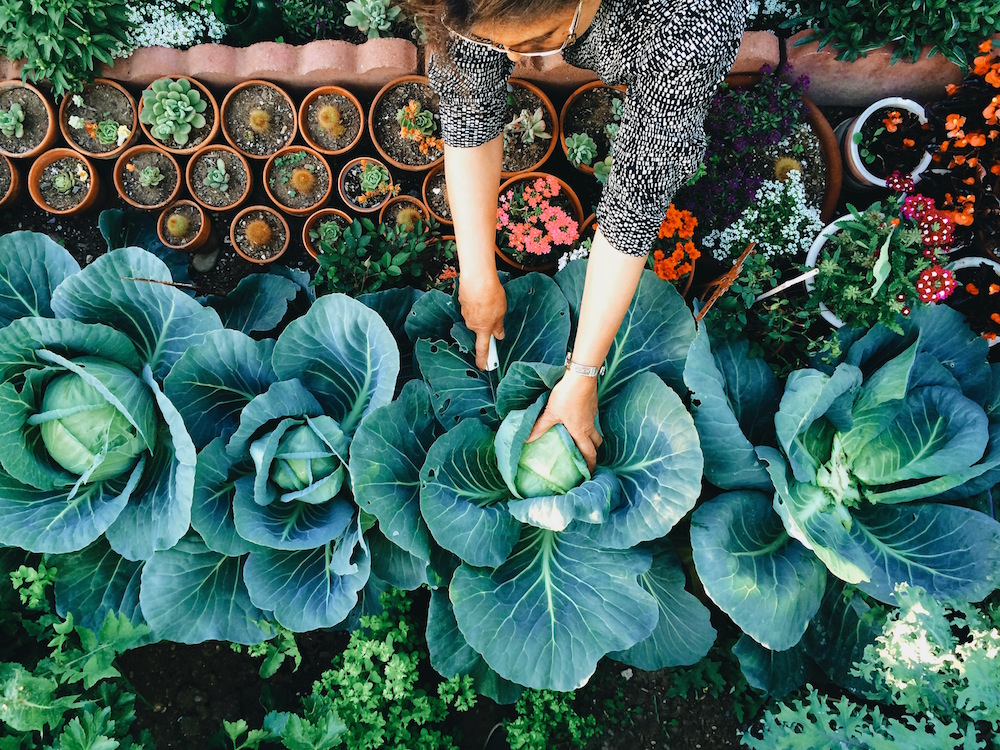
Follow Through
No matter which type of planner you use to design your garden, challenge yourself to follow the plan through to the end of the cycle. Take note at how well your plan worked and then tweak it accordingly for next time. And at the end of your vegetable season, try following Scott McGillivray’s tips for preparing your vegetable bed for winter.

Off-Season Activities
Don’t forget: while you might not have the sun to grow vegetables in your backyard in colder months, you can continue planning and working on your vegetable garden all year. You can start many vegetable seeds (like tomatoes and lettuce) indoors in the winter and you can set up a hydroponic garden in your home.
HGTV your inbox.
By clicking "SIGN UP” you agree to receive emails from HGTV and accept Corus' Terms of Use and Corus' Privacy Policy.




